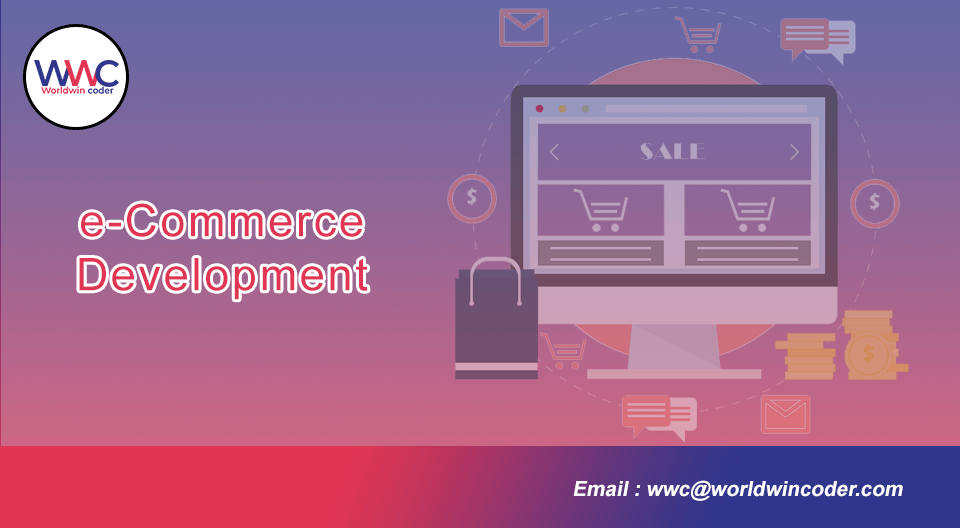In the fast-paced world of e-commerce, selecting the right platform for your online store is a critical decision that can significantly impact your business success. Two heavyweight contenders in the e-commerce arena are WooCommerce vs Magento. In this article, we’ll dissect the features, strengths, and weaknesses of both platforms to help you make an informed decision based on your business needs.
WooCommerce: The WordPress Integration Giant
WooCommerce is a WordPress plugin that transforms your WordPress website into a fully functional e-commerce store. Here’s why WooCommerce might be the perfect fit for your business:
- Ease of Use: One of WooCommerce’s standout features is its user-friendly interface. If you’re already familiar with WordPress, you’ll find WooCommerce easy to navigate and set up.
- Flexibility: WooCommerce is highly customizable, offering a wide range of themes and extensions. This flexibility allows you to tailor your online store to meet your specific requirements.
- Cost-Effective: WooCommerce itself is free, making it an attractive option for small businesses and startups. However, keep in mind that you may need to invest in premium themes or extensions for additional functionality.
- Community Support: As part of the vast WordPress community, WooCommerce benefits from extensive community support. You can find a plethora of tutorials, forums, and documentation to help you overcome any challenges.
Magento: The Open-Source E-commerce Powerhouse
Magento, an Adobe company, is known for its robust and scalable open-source e-commerce platform. Here’s why Magento might be the right choice for your business:
- Scalability: Magento is designed to handle large-scale e-commerce operations. If you anticipate substantial growth in the future, Magento can seamlessly scale to meet your expanding needs.
- Feature-Rich: Magento comes with a comprehensive set of built-in features, including advanced product management, inventory tracking, and powerful marketing tools. This makes it a preferred choice for businesses with complex requirements.
- Multi-Store Management: If you’re running multiple online stores, Magento’s multi-store functionality allows you to manage them all from a single admin panel. This is particularly advantageous for businesses with diverse product lines or international operations.
- Community and Enterprise Editions: Magento offers both a free Community Edition and a feature-rich Enterprise Edition for larger businesses. This flexibility allows you to choose the version that aligns with your current business size and future goals.
Choosing the Right Platform for Your Business:
When deciding between WooCommerce vs Magento, consider the following factors:
- Size of Your Business: For small to medium-sized businesses, WooCommerce may be a more cost-effective and user-friendly choice. Magento, on the other hand, is better suited for larger enterprises with complex needs.
- Technical Expertise: WooCommerce is generally more accessible for users with limited technical knowledge. If you have a dedicated IT team and require advanced features, Magento might be the better option.
- Budget: WooCommerce is a budget-friendly option, especially for startups and small businesses. Magento, while powerful, may have higher development and maintenance costs.
Conclusion:
In the showdown between WooCommerce and Magento, there’s no one-size-fits-all solution. The right choice depends on the unique needs and goals of your business. Take the time to evaluate your requirements, budget constraints, and future growth prospects to make an informed decision that will set the stage for a successful online presence. Whether you opt for the simplicity of WooCommerce or the power of Magento, both platforms offer the potential for a thriving e-commerce venture.

